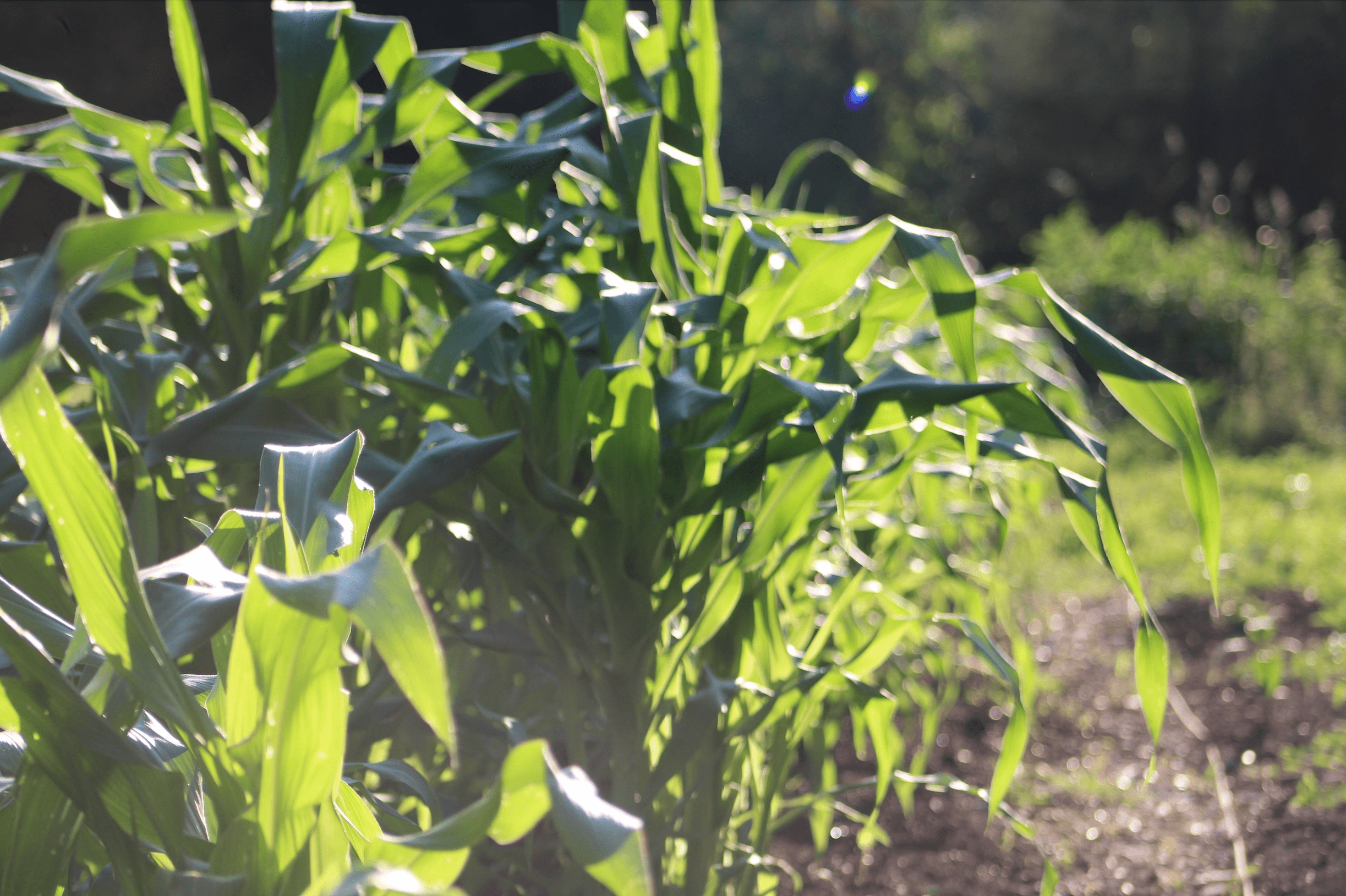|
Another CLT started by Bob Swann in the Berkshires region of Western Massachusetts has put in place an additional innovation to ensure sustainable land stewardship. The Indian Line Farm lease agreement gives farmers equity in not just their buildings, but the soil itself. A soil sample was taken at the start of the lease and another will be taken if farmers decide to move away. The farmers are entitled to the equity generated by any organic improvements to the soil on the land, in addition to improvements on the buildings.
On a deeper level, this leads to the question of whether natural resources can be owned at all. “In our language the words Anishinaabeg akiing describe the concept of land ownership. They translate as ‘the land of the people,’ which doesn’t imply that we own our land but that we belong on it,” LaDuke said.
As LaDuke explained, for the Ojibwe land and resources are managed as a commons:
“We have ‘hunting bosses’ and ‘rice chiefs,’ who make sure that resources are used sustainably in each region,” LaDuke said. “Hunting bosses oversee trap-line rotation, a system by which people trap in an area for two years and then move to a different area to let the land rest. Rice chiefs coordinate wild rice harvesting. The rice on each lake is unique: each has its own taste and ripens at its own time. We also have a ‘tallyman,’ who makes sure there are enough animals for each family in a given area. If a family can’t sustain itself, the tallyman moves them to a new place where animals are more plentiful. These practices are sustainable.”
If this sounds familiar, it may be because Elinor Ostrom won the 2009 Nobel Prize in Economics for analyzing and popularizing these ideas, debunking the belief that a tragedy of the commons was inevitable without government intervention. Ostrom was awarded the prize “for her analysis of economic governance, especially the commons” after she looked into the practices of natural resource management of groups like the Ojibwe, who had been managing their resources sustainably for centuries.
As new economy movements and sharing projects gain traction around the country and globally, it is important and helpful to realize that this models are nothing new; they are a return to centuries-old sustainable practices. As Ostrom, LaDuke, and many others have noted, the main reason why the indigenous resource management and land-use practices were trampled down is because the courts refused to uphold property held in commons. Now, in the nick of time with the CLT models and others, this is slowly changing.
For history and information about the Schumacher Center’s Community Land Trusts Program, see our web resources here.
For more information about the work that the Schumacher Center is doing to strengthen community and resource stewardship, see our Reinventing the Commons Program.
_______
Featured image of Winona LaDuke courtesy of Honor The Earth. Originally published at www.shareable.net. |


